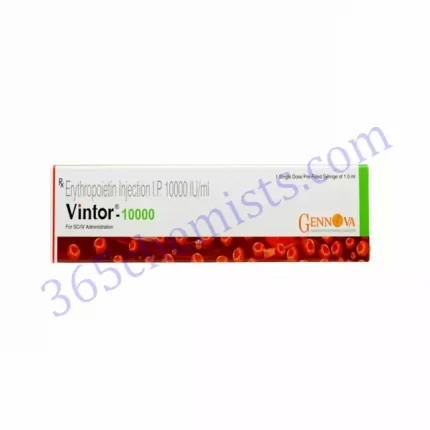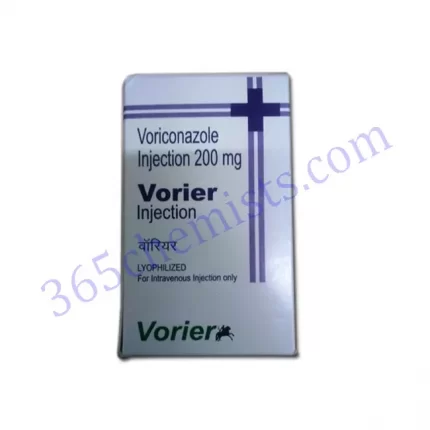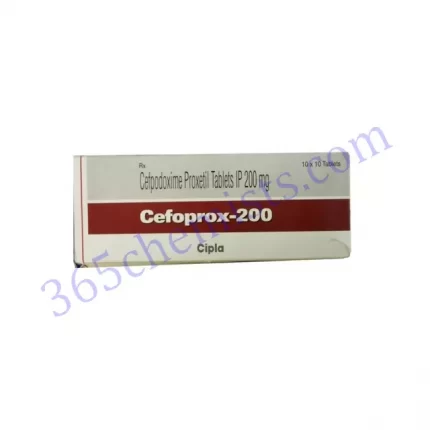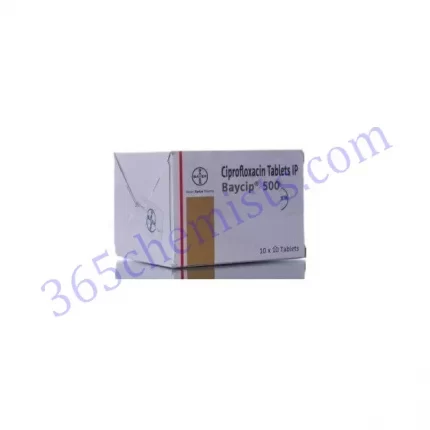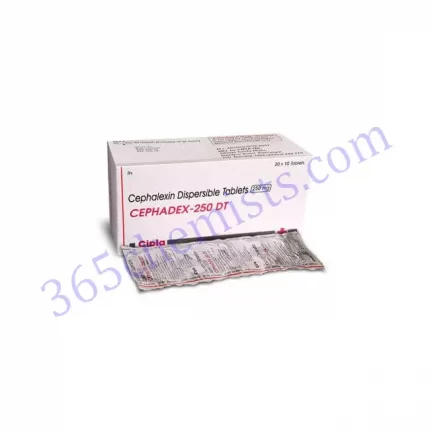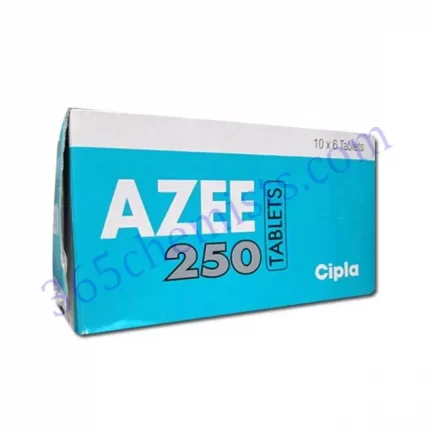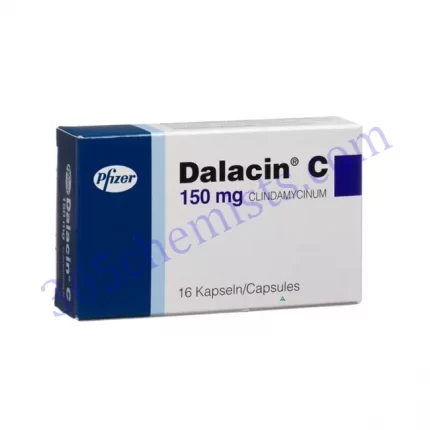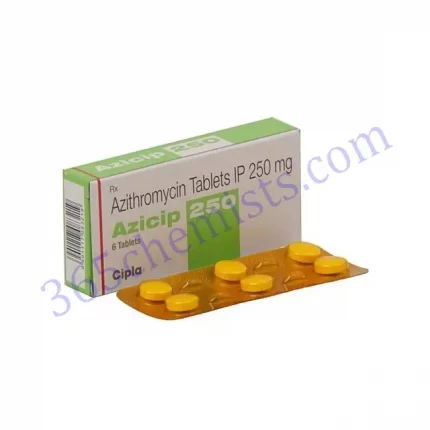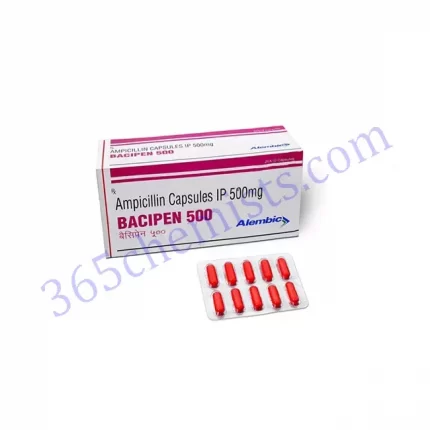Vanking 500mg Injection (Vancomycin 500mg): An Effective Intravenous Antibiotic for Serious Infections
Antibiotic medication administered intravenously, Vanking 500mg Injection contains vancomycin as its active component and goes by the brand name Vanking 500mg Injection. Vancomycin is a powerful glycopeptide antibiotic that is used primarily for the treatment of serious bacterial infections, particularly those caused by gram-positive bacteria. Its primary application is in the treatment of gram-positive bacterial infections. This article presents a detailed analysis of Vanking 500mg Injection, covering topics such as its mode of action, indications, dosage, precautions, and potential adverse effects.
Mechanism of Action:
Interfering with the production of bacterial cell walls is how vancomycin, the active ingredient in Vanking 500mg Injection, accomplishes its therapeutic goals. Peptidoglycan is an essential component of the bacterial cell wall, which this substance specifically targets and inhibits the formation of in bacteria. Vancomycin weakens the bacterial cell wall by interfering with this process, which ultimately results in cell lysis and the death of the bacteria. Because of this mechanism of action, vancomycin is highly effective against a wide variety of gram-positive bacteria, including methicillin-resistant Staphylococcus aureus (MRSA) as well as other multidrug-resistant strains.
Indications:
The use of Vanking 500mg Injection is recommended for the treatment of severe infections brought on by gram-positive bacteria that are susceptible to the drug. In the treatment of infections such as pneumonia, bloodstream infections, endocarditis, bone and joint infections, skin and soft tissue infections, and endocarditis, it is a common practise to make use of it. The specific infection that is being treated as well as the susceptibility of the bacteria that are causing the infection should be taken into consideration when making the decision to use Vanking 500mg Injection.
Dosage and Administration:
A healthcare professional will determine the appropriate dosage of Vanking 500mg Injection for the patient after considering a number of factors, including the severity of the infection, the patient’s weight, and the patient’s renal function. It is essential to carefully adhere to the dosage instructions provided by a medical professional or those listed on the packaging of the medication that you have been prescribed. In accordance with the instructions provided by a qualified medical professional, Vanking 500mg Injection is to be given intravenously over the course of a predetermined amount of time.
Related Product
Vanking 500mg Injection
Vanking 1000mg Infusion
Precautions and Warnings:
Before beginning treatment with Vanking 500mg Injection, it is important to inform your healthcare provider about any known allergies or sensitivities you may have to vancomycin, glycopeptide antibiotics, or any other medications. This is especially important if you have a history of having an allergic reaction to vancomycin. In addition, make sure to disclose your entire medical history, including any previous conditions that may have caused kidney disease, hearing problems, or any other underlying conditions. During treatment, it is important to keep a close eye on the patient’s kidney function, as well as their hearing and their blood levels of vancomycin.
Possible Side Effects:
Vanking 500mg Injection, like any other medication, has the potential to cause certain adverse effects; however, not everyone will experience them. Fever, chills, reactions related to the infusion, and kidney toxicity are common side effects. Even though they are uncommon, more serious adverse effects such as severe allergic reactions, hearing loss, and blood disorders are always a possibility. It is imperative that you contact your healthcare provider as soon as possible if you experience any side effects that are severe or unusual.
Special Precautions:
When getting an injection of 500 milligrammes of Vanking, there are a few safety measures that need to be taken into consideration. It is critical that you let your healthcare provider know about any allergies or sensitivities you have, whether they be to vancomycin, glycopeptide antibiotics, or any other medication. In addition, make sure to disclose your entire medical history, including any previous conditions that may have caused kidney disease, hearing problems, or any other underlying conditions. During treatment, patients should have their kidney function, blood levels of vancomycin, and hearing checked on a regular basis to ensure that the medication is being used in a manner that is both safe and effective.
Interactions with Other Medications:
There is a possibility of an interaction between Vanking 500mg Injection and other medications, such as those that are potentially nephrotoxic or that may have an effect on hearing. It is very important that you tell your healthcare provider about any and all medications that you are currently taking. This includes both prescription and over-the-counter medications, as well as herbal supplements. This will help to ensure the safe and effective use of Vanking 500mg Injection as well as minimise the risk of any potential drug interactions that could occur.
Storage and Shelf Life:
Vanking 500mg The manufacturer’s instructions for storing injection should be followed, or specific storage instructions should be obtained from a medical professional and followed to the letter. It is essential to keep it in a dark, cool, and dry location, out of direct sunlight and away from any sources of heat. Always check the expiration date before using any medication, and properly dispose of any medication that has either passed its expiration date or remains unused.
Conclusion:
A highly effective intravenous antibiotic medication, Vanking 500mg Injection contains vancomycin as its active ingredient. This medication is used for the treatment of serious gram-positive bacterial infections. Because of its mechanism of action, which involves the inhibition of the synthesis of the cell wall of bacteria, it is the drug of choice for the management of multidrug-resistant strains. Patients can effectively manage serious bacterial infections and improve their overall health by following the dosage instructions, taking the necessary precautions, and communicating with their healthcare provider about any concerns or adverse effects they experience. Vanking 500mg Injection continues to be an important option for medical professionals to consider in the treatment of serious infections, which contributes to improved patient outcomes and overall well-being.



